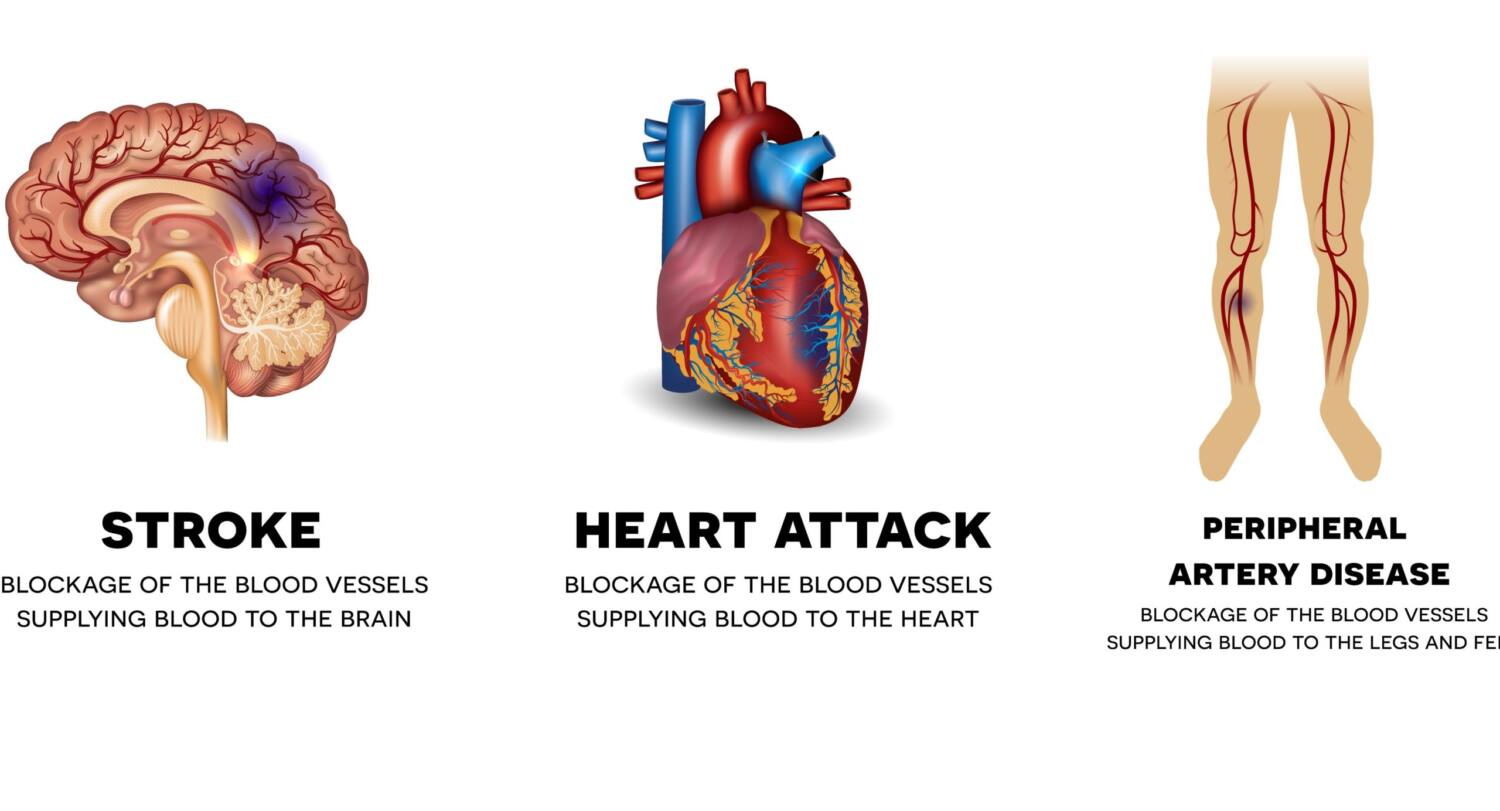Peripheral Arterial Disease or PAD
Peripheral Arterial Disease or PAD is a condition where fatty plaque builds up in the arteries. This plaque can harden and reduce the blood flow to the head, organs, and limbs of the body.
PAD can occur in any blood vessels within the body, but it typically affects the feet, ankles, and legs. When the blood flow is reduced, patients may experience uncomfortable symptoms such as leg pain, cold feet, and pain while resting.
This progressive disease can reduce a patient’s quality of life and affect their mobility. The advanced stage of PAD is Critical Limb Ischemia or CLI and may lead to non-healing wounds below the ankle, gangrene, and the potential for the amputation of the limb as well as other serious health complications like stroke and heart attack.
Schedule a Free Screening*
REQUEST A FREE SCREENING*
|
|

Risk Factors
- Smoking
- Older age
- Diabetes
- High blood pressure
- History of stroke and coronary heart disease
SYMPTOMS OF PAD
Claudication
Pain, aching or heaviness in the leg muscles when walking or climbing stairs.
Pulse Changes
A reduced or absent pulse in the ankle or foot.
Temperature Changes
A lower skin temperature in one limb compared to the other. The skin may feel cool to the touch.
Pain at Rest
Experiencing pain without physical activity, such as during the night while trying to sleep.
Non-Healing Wounds
Sores or wounds on the toes, feet or legs that are not healing in a timely manner or do not heal at all.
